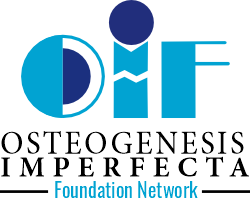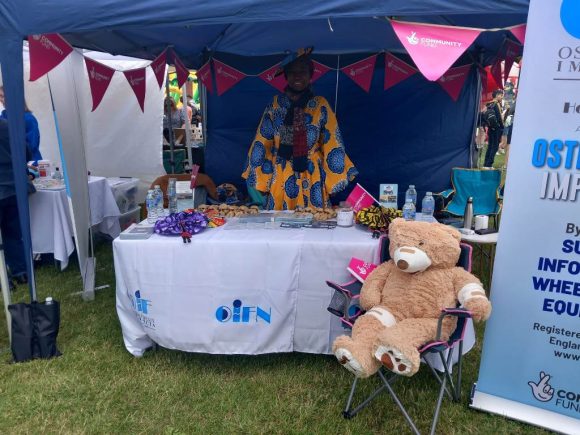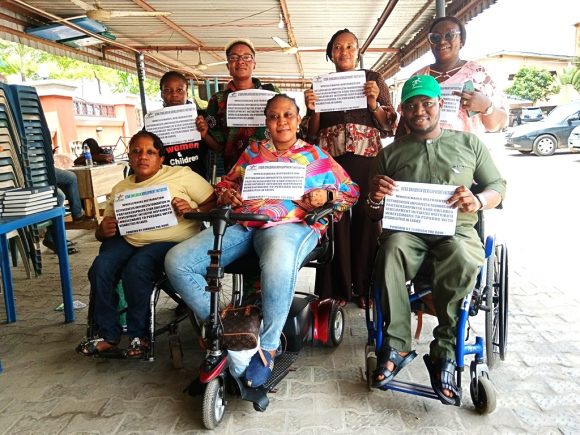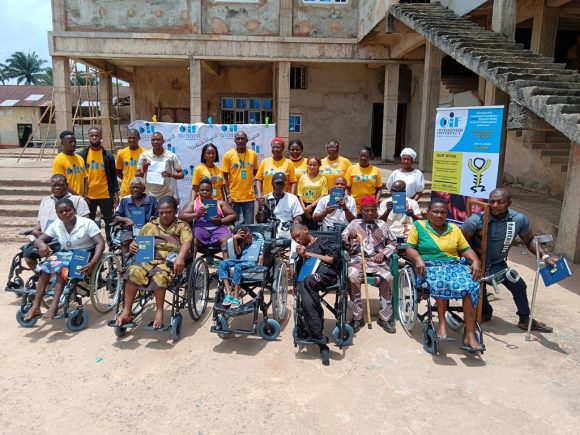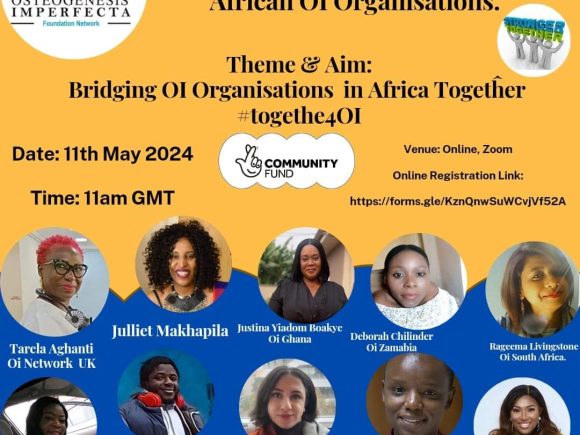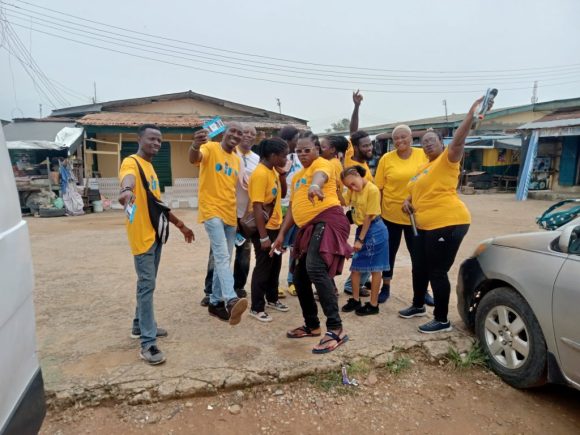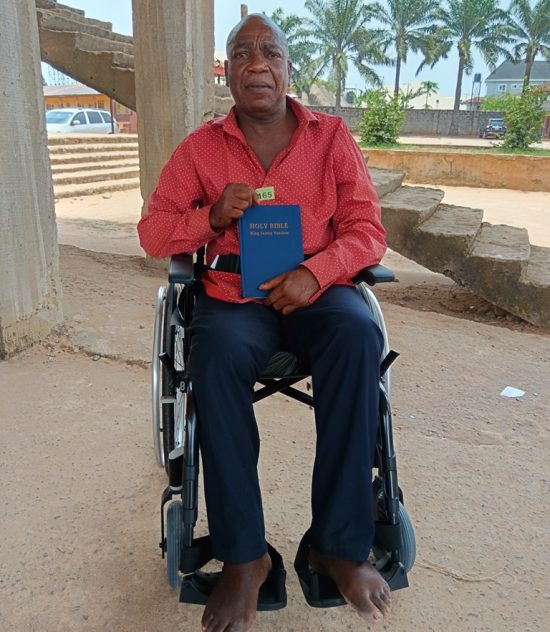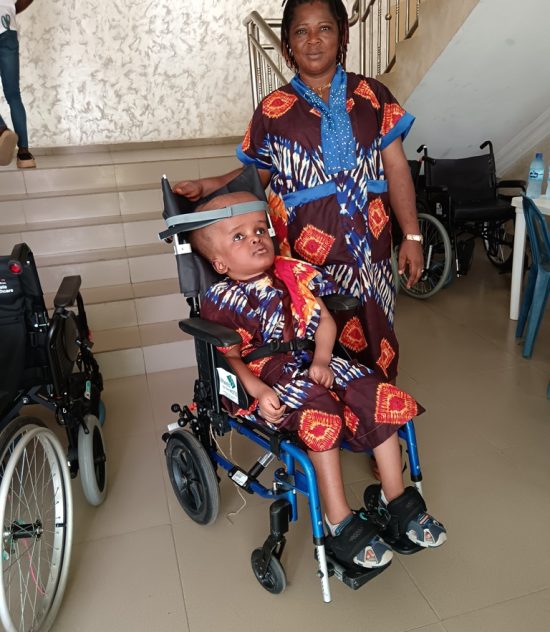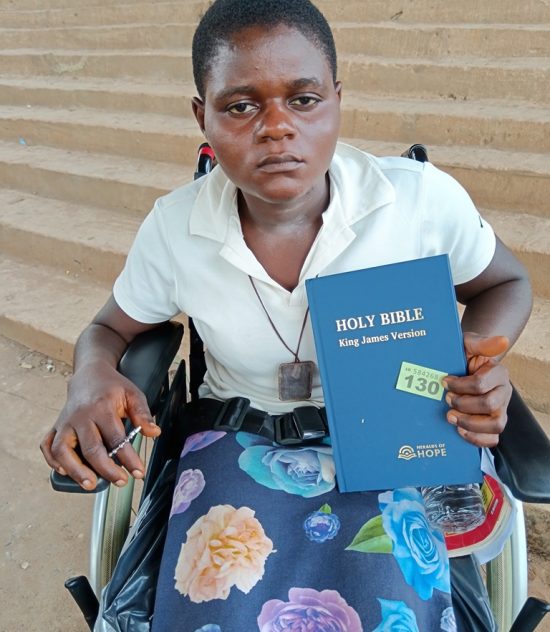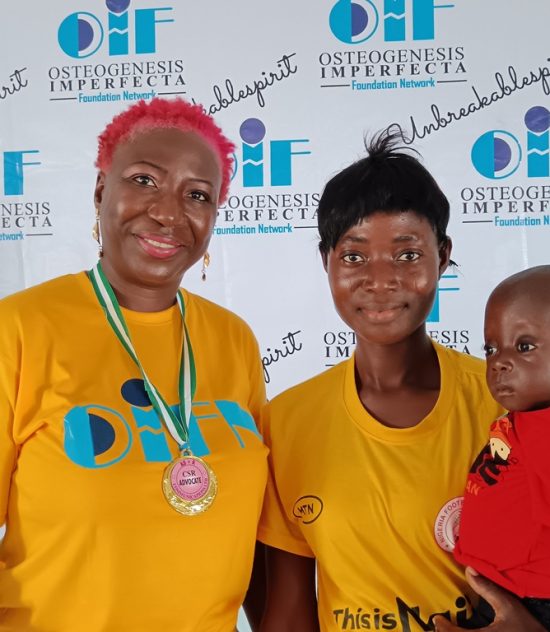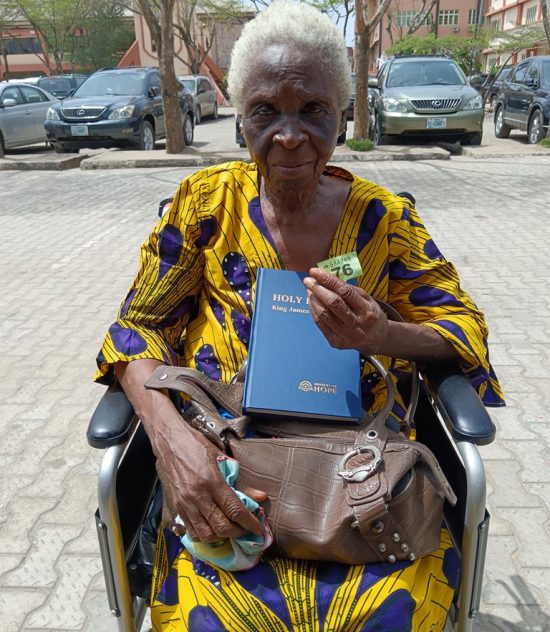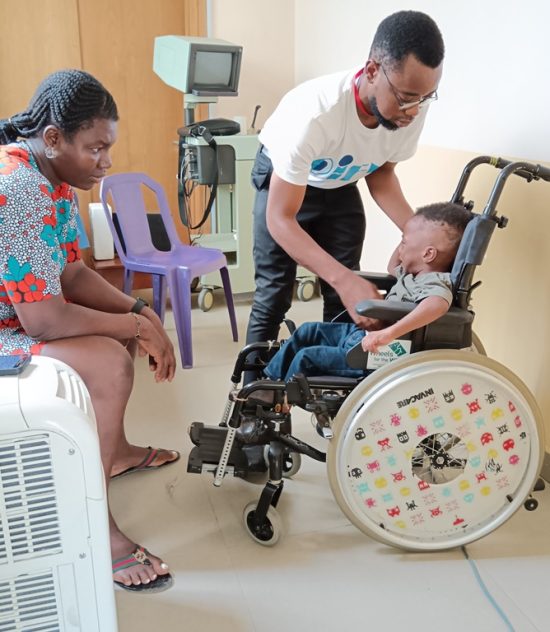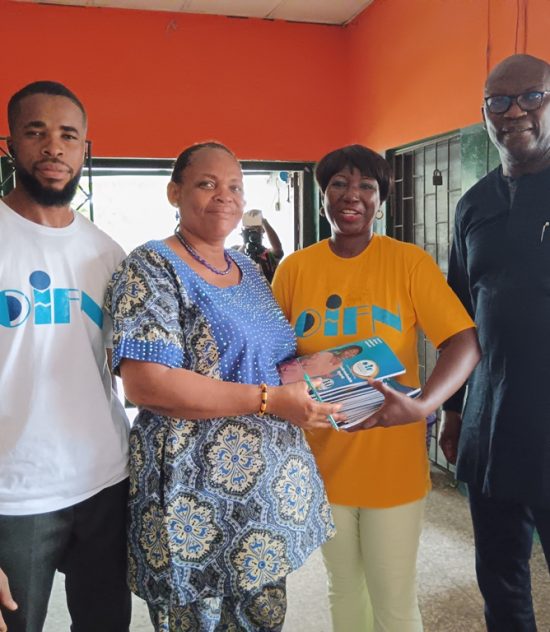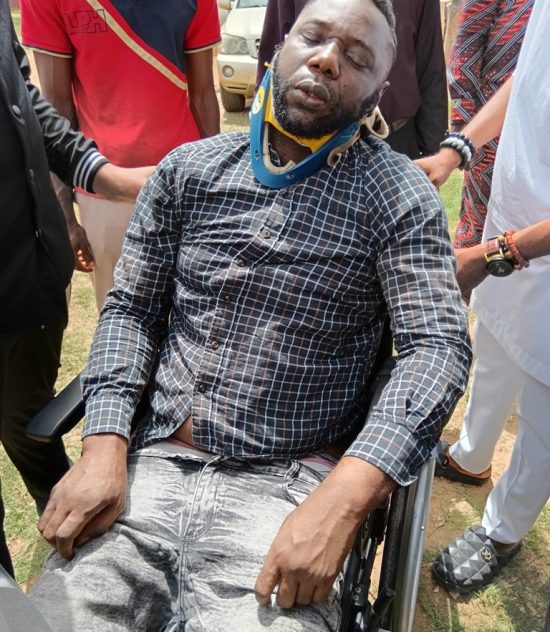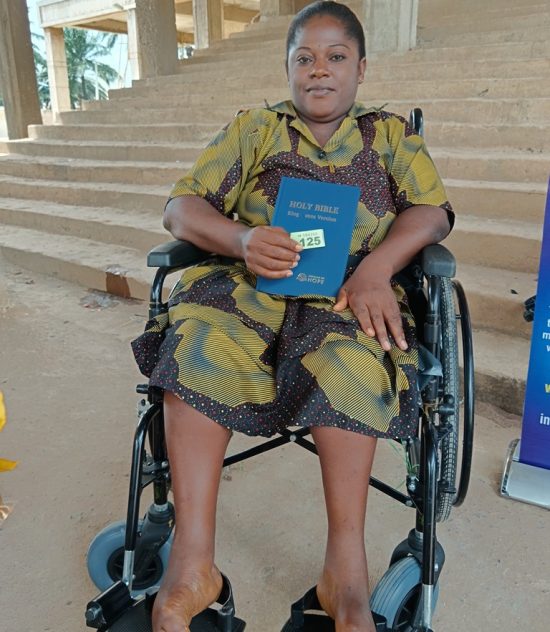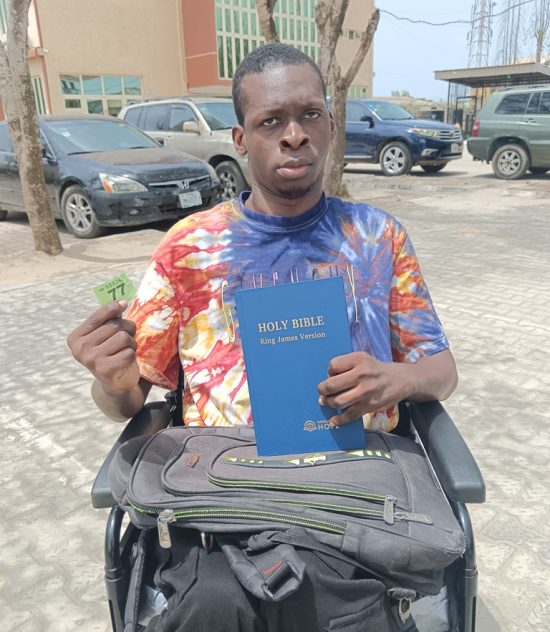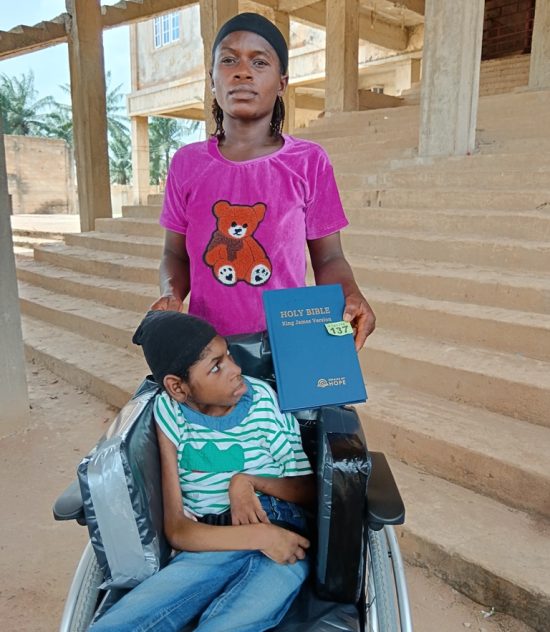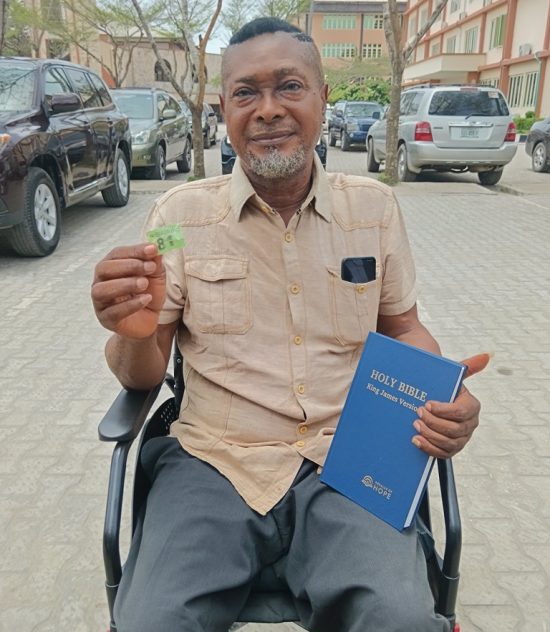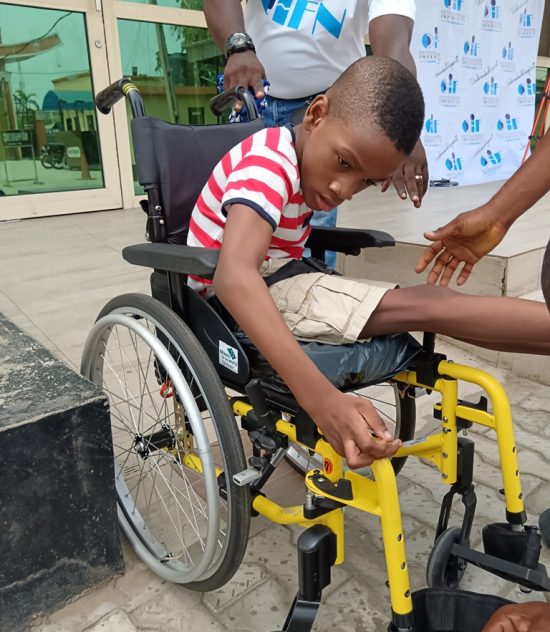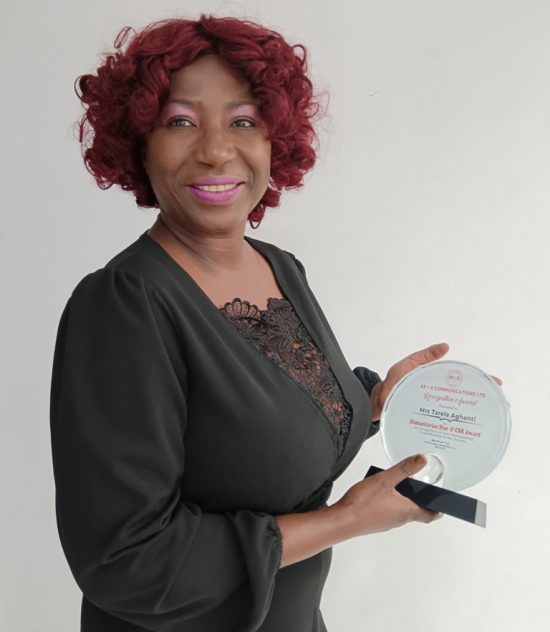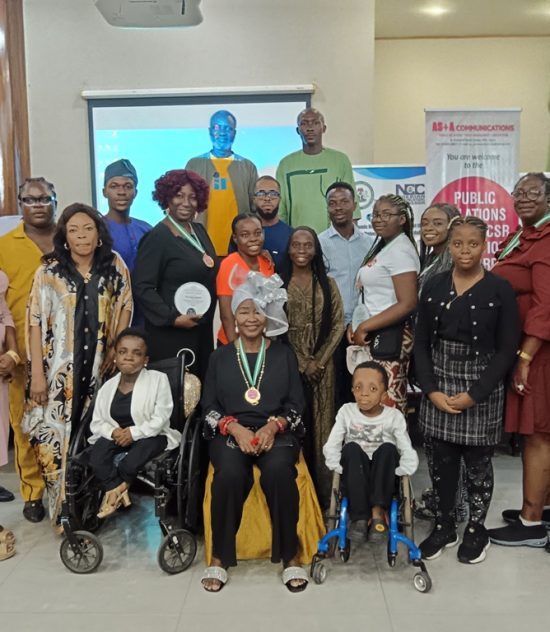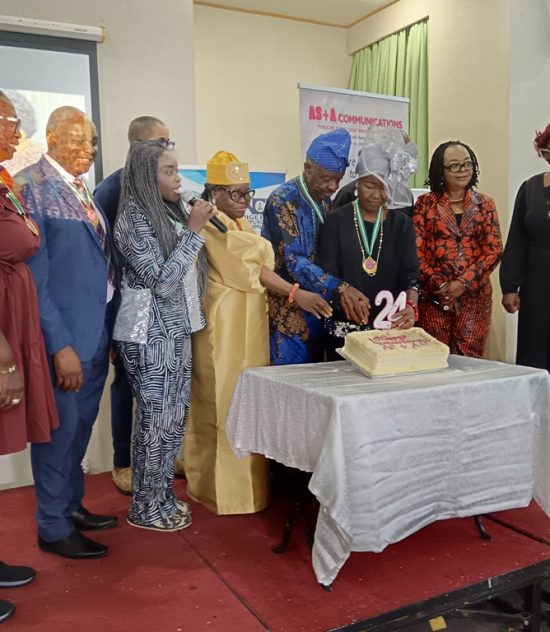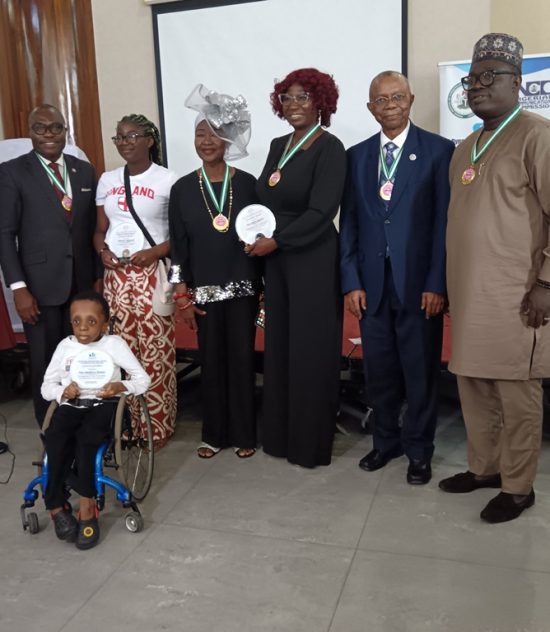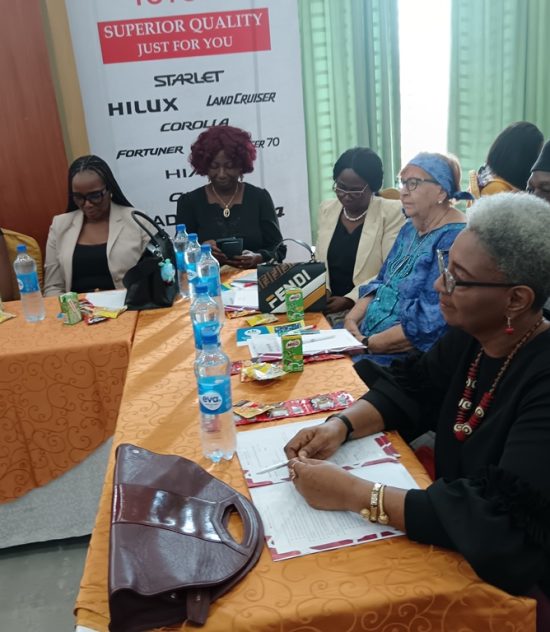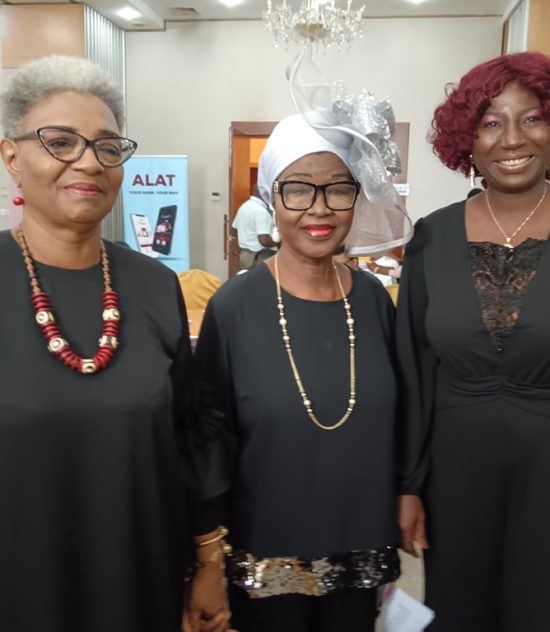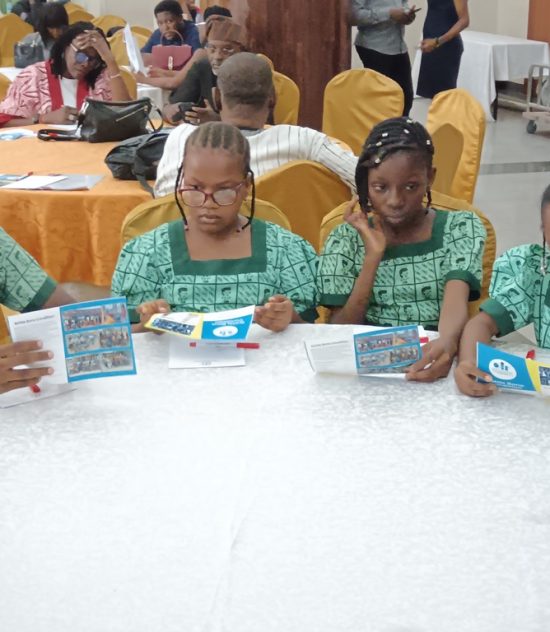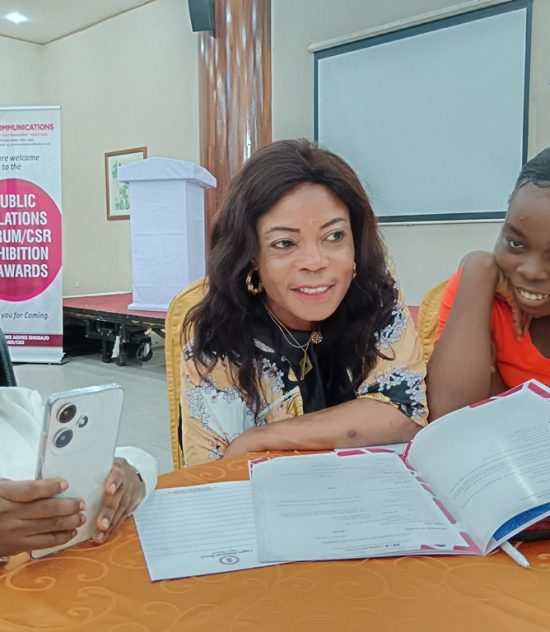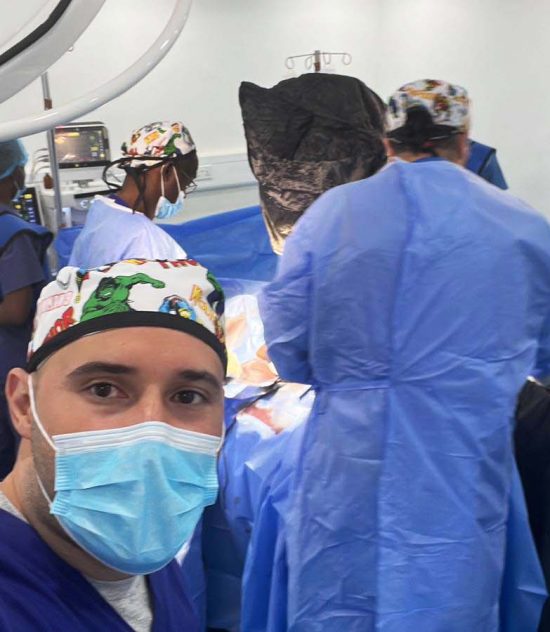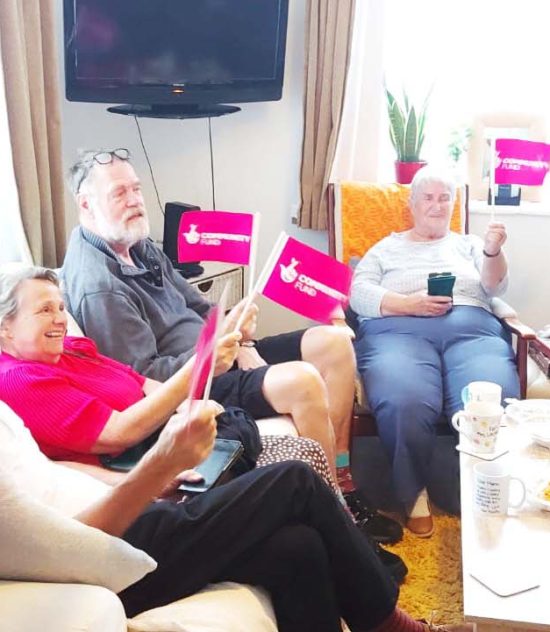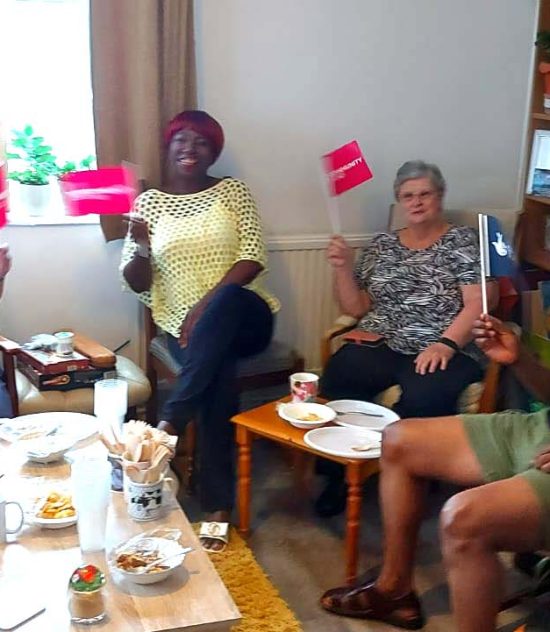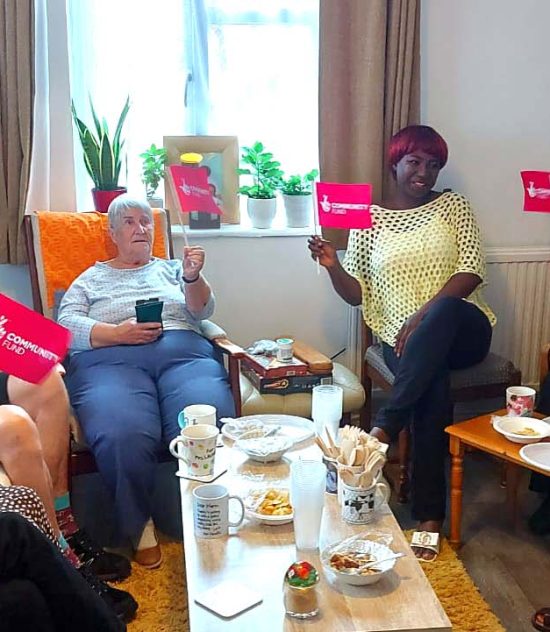
Foundation Network



helping hand
Upcoming Event
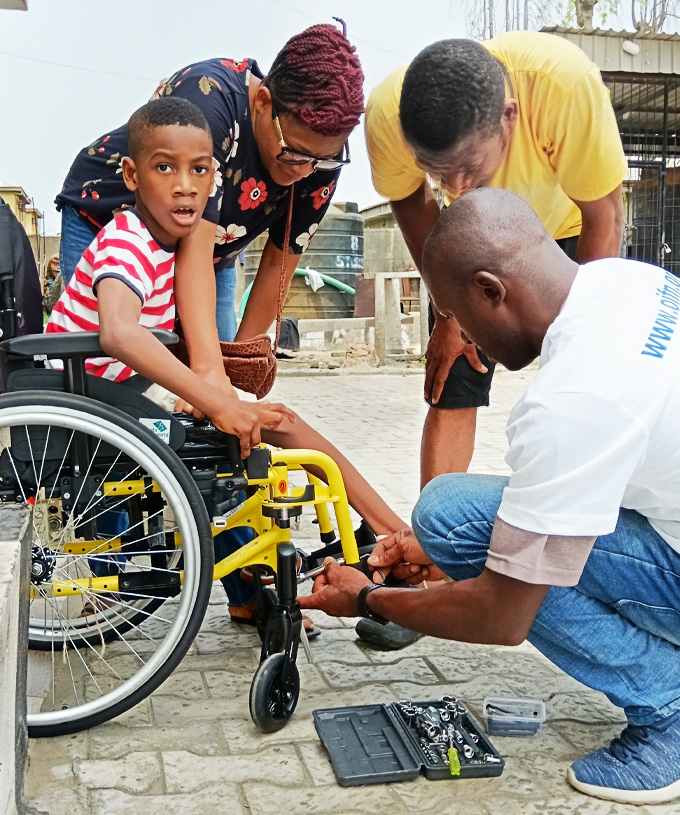
We are a people with UNBREAKABLE SPIRIT
The non-profit organization was established in 2019 in the UK (Charity Number 1190022) and 2024 was adopted as the apex association for all OI organisations in Africa. Our charity wants a world in which people living with Osteogenesis Imperfecta (Brittle Bone Disease) are understood, respected and included in society and have their needs met.
What We Do
Fundraising for the people and causes you care about
How you can help
Fundraising
Through Partnership
Sponsor a child for 6 monthly zoledronic acid treatment
Sponsor a child for OI corrective surgery
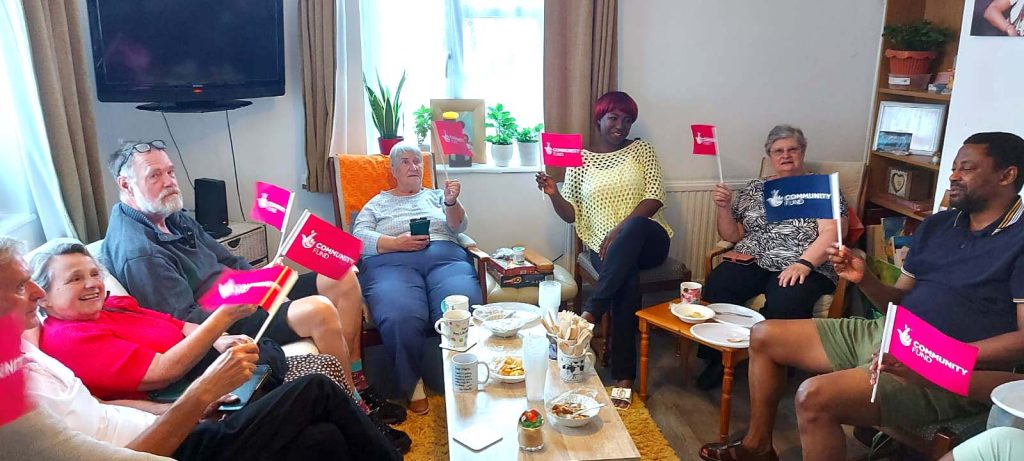
Frequently Asked Questions?
What Is Brittle Bone Disease?
Brittle bone disease is a disorder that results in fragile bones that break easily. It’s present at birth and usually develops in children who have a family history of the disease.
The disease is often referred to as osteogenesis imperfecta (OI), which means “imperfectly formed bone.”
Brittle bone disease can range from mild to severe. Most cases are mild, resulting in few bone fractures. However, the severe forms of the disease can cause:
- Hearing Loss
- Heart Failure
- Spinal Cord Problems
- Permanent Deformities
OI can sometimes be life-threatening if it occurs in babies either before or shortly after birth. Approximately one person in 20,000 will develop brittle bone disease. It occurs equally among males and females and among ethnic groups.
What Causes Brittle Bone Disease?
Brittle bone disease is caused by a defect, or flaw, in the gene that produces type 1 collagen, a protein used to create bone. The defective gene is usually inherited. In some cases, however, a genetic mutation, or change, can cause it.
What Are the Types of Brittle Bone Disease?
Four different genes are responsible for collagen production. Some or all of these genes can be affected in people with OI. Defective genes can produce eight types of brittle bone disease, labeled as type 1 OI through type 8 OI. The first four types are the most common. The last four are extremely rare, and most are subtypes of type 4 OI. Here are the four main types of OI:
Type 1 OI
Type 1 OI is the mildest and most common form of brittle bone disease. In this type of brittle bone disease, your body produces quality collagen but not enough of it. This results in mildly fragile bones. Children with type 1 OI typically have bone fractures due to mild traumas. Such bone fractures are much less common in adults. The teeth may also be affected, resulting in dental cracks and cavities.
Type 2 OI
Type 2 OI is the most severe form of brittle bone disease, and it can be life-threatening. In type 2 OI, your body either doesn’t produce enough collagen or produces collagen that’s poor quality. Type 2 OI can cause bone deformities. If your child is born with type 2 OI, they may have a narrowed chest, broken or misshapen ribs, or underdeveloped lungs. Babies with type 2 OI can die in the womb or shortly after birth.
Type 3 OI
Type 3 OI is also a severe form of brittle bone disease. It causes bones to break easily. In type 3 OI, your child’s body produces enough collagen but its poor quality. Your child’s bones can even begin to break before birth. Bone deformities are common and may get worse as your child gets older.
Type 4 OI
Type 4 OI is the most variable form of brittle bone disease because its symptoms range from mild to severe. As with type 3 OI, your body produces enough collagen but the quality is poor. Children with type 4 OI are typically born with bowed legs, although the bowing tends to lessen with age.
![Osteogenesis Imperfecta Foundation Network [OIFN]](https://oifn.org/wp-content/uploads/2024/07/logo_oif.png)
